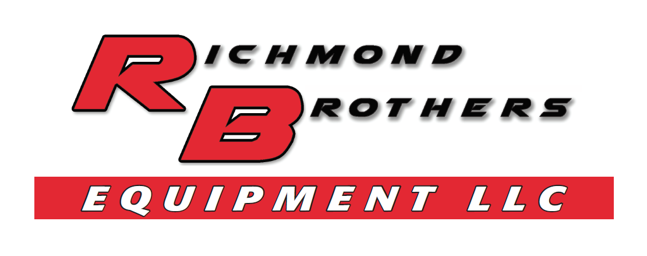Efficient, Effective Tillage Tool Usage
Tips for Achieving the Correct Tillage Depth
Tilling is an important aspect of the post-harvest process that ensures success for the next season. But, many farmers have a hard time choosing the perfect depth. In today’s post at Richmond Brothers Equipment, we’re giving you a few tips that’ll help you determine the right depth for your ripper point to provide a more efficient and effective experience. Keep reading to learn more and check out our farm tools today.
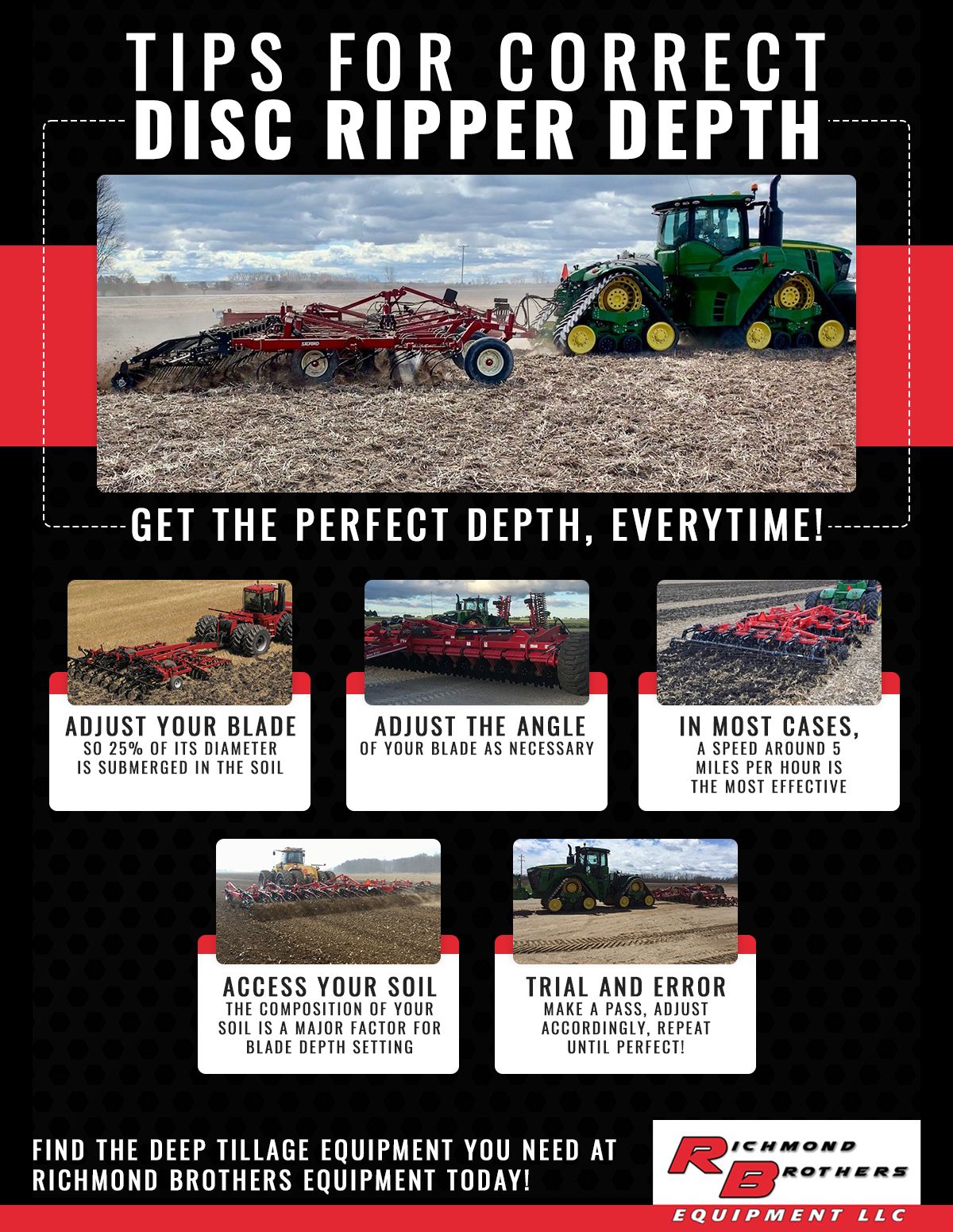
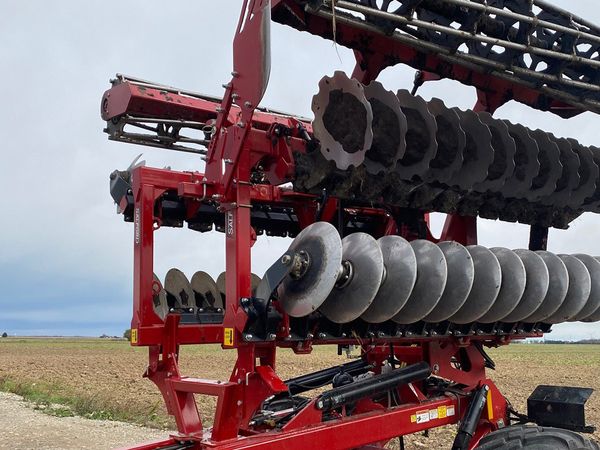
Proper Blade Diameter
The first thing you should consider when setting your ripper depth is the diameter of your blade. We find a good rule of thumb is to have about 25% of the diameter of the blade submerged in the soil. This depth tends to provide the best performance in our experience and in the experience of the people we work with. So, for example, if you are working with a 26” blade, you’ll want about 6.5” of the blade in the soil.
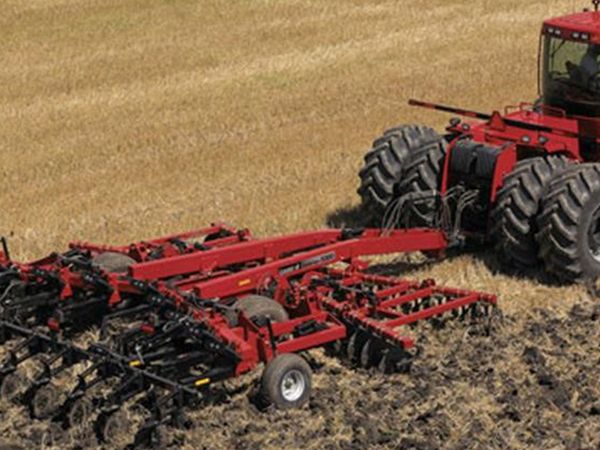
Blade Angle
Another important factor when determining your ripper depth is the angle of your blade. The angle your blades are set impacts the tillage depth. The sharper the angle your blades are set, the deeper they will dig down. Setting the right angle can be a bit of trial and error. But ultimately, you’ll still want roughly 25% of the blade to be in the soil while the rest remains above. Keep tinkering with the ripper blade angle until you’ve hit the 25% submerged sweet spot.
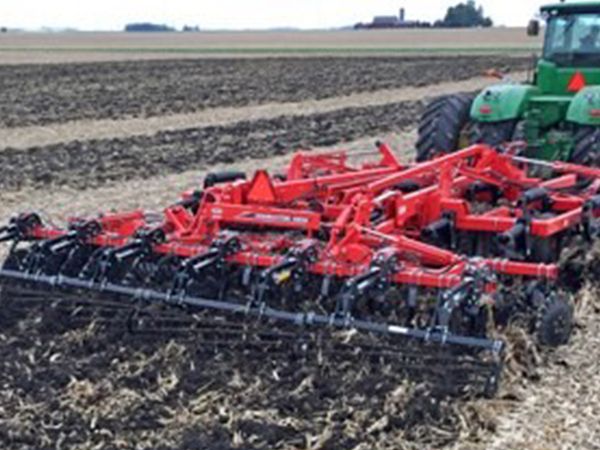
Speed
Even if you’ve set your blade up perfectly, the wrong speed can throw everything off. Too fast, and you’ll get too shallow of a cut. Too slow, and your cuts will be too deep to be as effective as you need. Most people find speeds between four and six miles an hour to be the most effective. But in some cases where your soil is a bit sandier, you can crank it all the way up to eight miles an hour. Richmond Brothers Equipment recommends making a few passes at a few different speeds to find which one is the right speed for your soil.
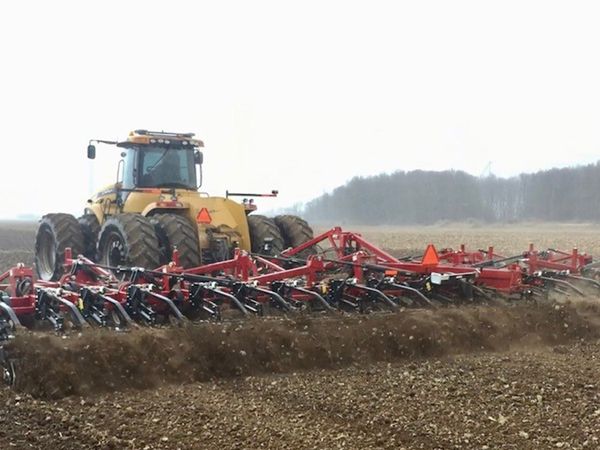
Optimal Soil Conditions for Tilling
When it comes to setting your equipment up right, soil conditions are a major factor. Soft, sandy soil requires a different approach than thicker, harder, and chunkier soil. This is why taking a few test passes is so important for dialing in the correct depth. Do a few passes, make adjustments, and repeat until you’ve found the right speed and angle necessary for that 25%-of-the-blade depth. In general, softer soil will require faster speeds and a more shallow angle whereas thicker, tougher soil will need slower speeds with a sharper angle.
Thanks for checking out today’s blog post at Richmond Brothers Equipment. We hope you found the information helpful and that it improves your tilling experience. If you’re interested in premium-quality tillage tools for your farm, check out our selection online today.
